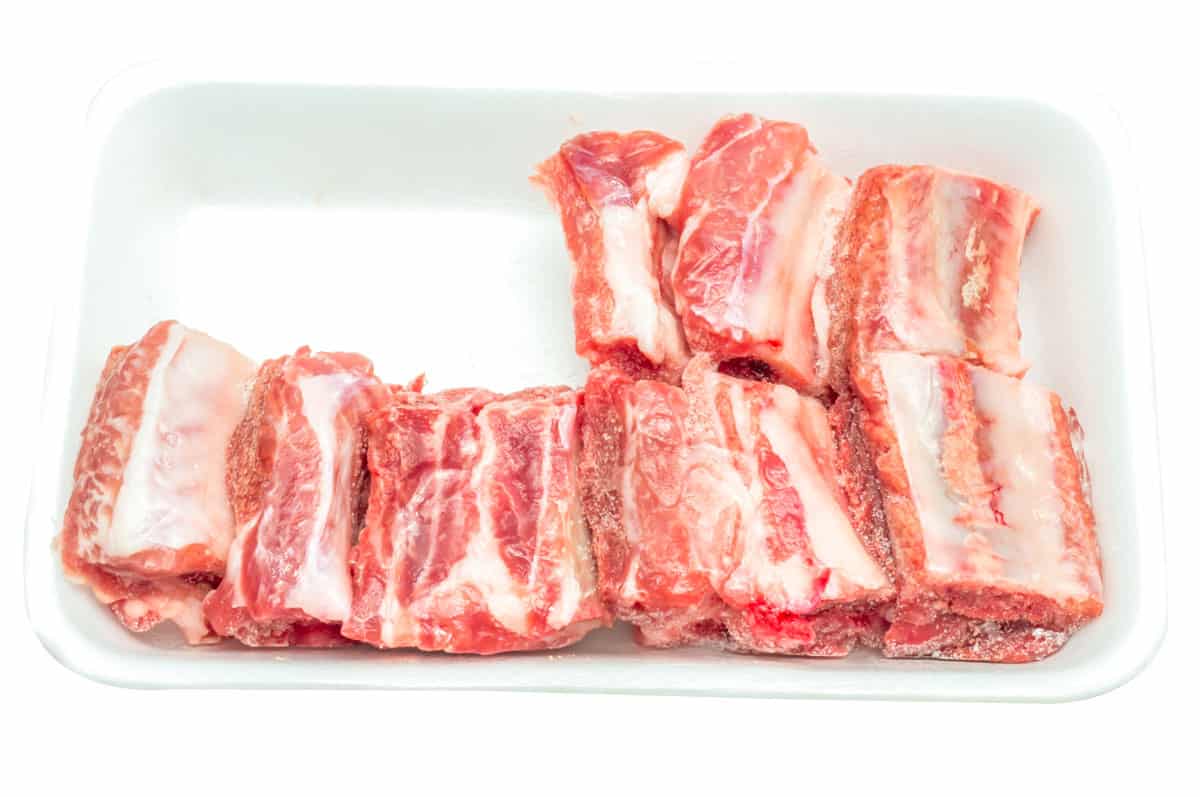

Articles
How Long Are Ribs Good In The Freezer
Modified: May 6, 2024
Discover how long ribs can be safely stored in your freezer with this informative article on freezer storage guidelines.
(Many of the links in this article redirect to a specific reviewed product. Your purchase of these products through affiliate links helps to generate commission for Storables.com, at no extra cost. Learn more)
Introduction
When it comes to enjoying a delicious rack of ribs, it’s not always possible to cook them immediately after purchasing. Whether it’s because you stocked up during a sale or simply didn’t have time to prepare them, freezing ribs can be a great way to preserve their flavor and tenderness until you’re ready to savor them.
However, it’s important to understand the proper techniques for freezing and storing ribs to maintain their quality and avoid any potential food safety risks. In this article, we will delve into the factors that affect the shelf life of ribs in the freezer, recommended freezer storage times, signs of spoilage to watch out for, and tips for extending the freezer shelf life of ribs.
By following these guidelines, you can confidently store your ribs in the freezer, knowing that they will be just as tasty and enjoyable when you decide to thaw and cook them.
Key Takeaways:
- Properly freezing and storing ribs is crucial for maintaining their flavor and tenderness. Factors like initial meat quality, packaging, and temperature consistency play a key role in preserving the ribs’ quality in the freezer.
- Identifying signs of spoilage in frozen ribs is essential for food safety. Foul odor, unusual appearance, and freezer burn are indicators of potential spoilage. Following proper thawing and cooking techniques ensures safe and delicious consumption.
Read more: How Long Is Beef Good For In Freezer
Understanding Freezing Ribs
Before we dive into the recommended freezer storage time for ribs, it’s important to understand the factors that can affect the shelf life of ribs in the freezer and the proper storage techniques to ensure maximum freshness.
One crucial factor that affects the shelf life of ribs in the freezer is the initial quality of the meat. Always choose fresh, high-quality ribs when purchasing, as this will directly impact their ability to withstand freezing and maintain their flavor and tenderness.
Another factor to consider is the packaging. Properly wrapping and packaging the ribs is essential to prevent freezer burn and maintain their quality. Ensure the ribs are tightly sealed in an airtight freezer bag or wrapped in plastic wrap followed by aluminum foil. This will protect them from exposure to air and minimize the risk of freezer burn.
Temperature consistency is also crucial for freezing ribs. It is recommended to set the freezer temperature at or below 0°F (-18°C) to maintain the quality of the ribs. Fluctuating temperatures can cause ice crystals to form, which can lead to freezer burn and deteriorate the texture and taste of the ribs.
Furthermore, it is essential to label the packaging with the date of freezing to keep track of how long the ribs have been stored in the freezer. This will help ensure that you use them within the recommended storage time.
Lastly, organizing your freezer properly can also contribute to the longevity of the frozen ribs. Keep the ribs stored in the coldest part of the freezer and try to minimize the opening and closing of the freezer door to maintain a consistent temperature. This will help preserve the quality of the ribs for a longer period.
By following these techniques, you can maximize the shelf life of your frozen ribs and ensure they retain their flavor and tenderness until you’re ready to enjoy them.
Recommended Freezer Storage Time for Ribs
Now that we understand the factors that affect the shelf life of ribs in the freezer, let’s dive into the recommended freezer storage times for different types of ribs.
Beef Ribs
Beef ribs can be stored in the freezer for an extended period if stored properly. It is recommended to consume beef ribs within 6 to 12 months of freezing. After this time, the quality may start to deteriorate, and the ribs may become less flavorful and tender.
Pork Ribs
Pork ribs are another popular choice, and they can also be stored in the freezer for a significant amount of time. It is recommended to consume pork ribs within 4 to 6 months of freezing. Beyond this timeframe, the quality of the ribs may begin to decline, and they may become drier and less enjoyable.
Read more: How Long Is Soup Good In The Freezer
Lamb Ribs
Lamb ribs have a slightly different freezer storage time compared to beef and pork ribs. It is recommended to consume lamb ribs within 6 to 9 months of freezing. After this period, the quality of the ribs may diminish, and they may not be as tender and flavorful as when freshly frozen.
It’s important to note that these recommended freezer storage times are a general guideline and can vary depending on various factors such as the initial quality of the meat, the packaging, and the temperature consistency in your freezer. Always trust your senses and check for signs of spoilage before consuming thawed ribs.
By following these guidelines, you can ensure that your ribs stay in optimal condition for an extended period, allowing you to enjoy them at your convenience.
Signs of Spoilage in Frozen Ribs
While freezing ribs can help extend their shelf life, it is essential to know how to identify if frozen ribs have gone bad before consuming them. Here are some signs of spoilage to watch out for:
1. Foul Odor
If you notice a strong, unpleasant odor coming from the frozen ribs, it is a clear indication of spoilage. A rancid or off smell is a sign that the meat has deteriorated and should not be consumed.
2. Unusual Appearance
Inspect the frozen ribs for any discoloration or changes in texture. If you notice any significant changes, such as a grayish or greenish hue, sliminess, or excessive ice crystals, it’s best to discard the ribs. These are signs of bacterial growth and potential contamination.
Read more: How Long Are Tamales Good In The Freezer
3. Freezer Burn
Freezer burn occurs when food is exposed to air in the freezer for an extended period. It appears as dry, discolored patches on the surface of the meat. While freezer burn itself is not harmful, it can significantly affect the taste and texture of the ribs, resulting in a less enjoyable eating experience.
It’s crucial to note that consuming spoiled or contaminated ribs can lead to foodborne illnesses. Taking safety precautions is essential to protect your health:
1. When in Doubt, Throw it Out
If you have any doubts about the quality or safety of the frozen ribs, it is always better to err on the side of caution and dispose of them. It’s not worth risking your health for a potentially spoiled or contaminated product.
2. Proper Thawing Techniques
Follow proper thawing techniques to ensure the ribs maintain their quality and minimize the risk of bacterial growth. Thaw the ribs in the refrigerator or use the defrost function in your microwave if you need to thaw them quickly. Avoid leaving the ribs at room temperature for an extended period.
3. Cook Thoroughly
To ensure the safety of the ribs, cook them thoroughly. Use a meat thermometer to check that the internal temperature reaches the recommended safe temperature for the specific type of ribs you are cooking.
By being aware of these signs of spoilage and following safety precautions, you can ensure that the frozen ribs you consume are safe, delicious, and enjoyable.
Read more: How Long Is Meat Good In The Freezer
Tips for Extending Freezer Shelf Life of Ribs
To maximize the freezer shelf life of ribs and ensure they retain their flavor and quality, here are some additional measures and suggestions to consider:
1. Double Wrap and Seal
To provide extra protection against freezer burn, double wrap the ribs. Start by tightly wrapping them in plastic wrap to create a barrier against air and moisture. Then, wrap them in aluminum foil to provide an additional layer of insulation. This double wrapping technique helps preserve the texture and flavor of the ribs.
2. Vacuum Sealing
Investing in a vacuum sealer can be an excellent way to extend the freezer life of ribs. Vacuum sealing removes excess air from the packaging, preventing the formation of ice crystals and reducing the risk of freezer burn. This method helps maintain the quality, taste, and texture of the ribs for an extended period.
3. Freezing Portions
If you don’t plan to consume the entire rack of ribs at once, consider portioning them before freezing. Dividing the ribs into smaller, individual portions allows you to thaw and cook only what you need, minimizing waste and ensuring each portion maintains its quality.
Read more: How Long Are Freezer Meals Good For
4. Label and Date
Always remember to label the frozen ribs with the current date before placing them in the freezer. This simple step will help you keep track of how long the ribs have been stored and ensure you use them within the recommended storage time.
5. Store Properly
Organize your freezer properly to ensure the ribs are stored in the coldest part. This helps maintain a consistent temperature, reducing the risk of temperature fluctuations that can affect the quality of the ribs. Additionally, try to minimize the frequency of opening and closing the freezer door to maintain a stable environment.
6. Use Freezer-Safe Containers
If you prefer using containers instead of wrapping the ribs, ensure they are freezer-safe and airtight. This will provide the necessary protection against air and moisture, preventing freezer burn and preserving the flavor and tenderness of the ribs.
By following these tips and suggestions, you can significantly extend the shelf life of your frozen ribs while maintaining their delicious flavor and quality. Enjoy perfect ribs whenever you’re ready to thaw and cook them!
Thawing and Cooking Frozen Ribs
Thawing frozen ribs is a crucial step to ensure even cooking and to preserve their tenderness and flavor. Here are some best practices for thawing frozen ribs and cooking methods to consider:
Read more: How Long Are Brats Good In The Freezer
Thawing Frozen Ribs
1. Refrigerator Thawing:
The safest and recommended method for thawing frozen ribs is in the refrigerator. Place the wrapped ribs on a tray or in a container to catch any drips and allow them to thaw slowly and evenly. It may take 24 to 48 hours, depending on the size and thickness of the ribs. Once thawed, cook them promptly for the best results.
2. Cold Water Thawing:
If you need to thaw the ribs quickly, you can use the cold water thawing method. Keep the ribs tightly sealed in a leak-proof plastic bag and submerge them in a basin or sink filled with cold water. Change the water every 30 minutes to ensure it stays cold. It usually takes 1 to 2 hours to thaw using this method. Once thawed, cook the ribs immediately to prevent any bacterial growth.
It is important to note that thawed ribs should never be refrozen unless they have been cooked. Once thawed, use them within a day or two.
Cooking Methods for Frozen Ribs
1. Oven Baking:
Preheat the oven to a temperature of around 275°F (135°C). Place the thawed or frozen ribs on a baking sheet or in a roasting pan. If the ribs are still frozen, they will require a longer cooking time. Bake them for approximately 2 to 3 hours, or until they reach an internal temperature of 165°F (74°C) for pork and lamb ribs, or 145°F (63°C) for beef ribs.
2. Grill:
If you prefer that distinct smoky flavor, grilling the ribs is a fantastic option. Start by preheating the grill to medium heat. If the ribs are thawed, grill them for about 3 to 4 hours, or until they reach the recommended internal temperature. If the ribs are frozen, they will need extra cooking time, so adjust accordingly. Baste the ribs with your favorite sauce during the last 30 minutes of grilling for added flavor.
3. Slow Cooker:
A slow cooker is an excellent option for tender and juicy ribs. Place the thawed or frozen ribs in the slow cooker and cook them on low for 6 to 8 hours, or until they are tender and reach the recommended internal temperature. You can then finish them off on the grill or broil them in the oven for a few minutes to achieve a caramelized and flavorful crust.
Remember to always use a meat thermometer to ensure the ribs are cooked to the appropriate temperature for safe consumption.
By following these thawing and cooking methods, you can enjoy perfectly cooked and flavorful ribs, whether they were initially thawed or cooked from frozen.
Conclusion
Freezing ribs is a fantastic way to extend their shelf life and ensure that you can enjoy them whenever the craving strikes. By understanding the factors that affect the shelf life of ribs in the freezer, storing them properly, and following the recommended freezer storage times, you can preserve their flavor, tenderness, and quality.
It is crucial to be able to identify if frozen ribs have gone bad by looking out for signs of spoilage, such as a foul odor, unusual appearance, and freezer burn. Following safety precautions, such as discarding any potentially spoiled ribs and ensuring proper thawing and cooking techniques, is essential to protect your health.
To extend the freezer shelf life of ribs, additional measures like double wrapping and sealing, vacuum sealing, and portioning can be employed. Proper labeling and organizing your freezer, as well as using freezer-safe containers, can also help maintain the quality of the ribs.
Thawing frozen ribs safely in the refrigerator or using cold water thawing methods ensures even cooking and prevents bacterial growth. Cooking methods such as oven baking, grilling, and slow cooking can be utilized to achieve delicious and tender ribs, whether they are thawed or cooked directly from frozen.
In conclusion, with the knowledge of proper freezing techniques, storage guidelines, signs of spoilage, and best practices for thawing and cooking frozen ribs, you can confidently enjoy mouthwatering ribs at your convenience. Freezing ribs allows you to always have a delightful meal on hand, ensuring that the flavor and tenderness remain intact until it’s time to indulge in your favorite ribs.
Now that you've mastered how long ribs can be stored frozen, why not learn more about other meat preservation techniques? Check out our detailed guide on refrigerated meat storage durations. Understanding these timelines ensures your meals remain delicious and safe, helping you manage kitchen practices more effectively.
Frequently Asked Questions about How Long Are Ribs Good In The Freezer
Was this page helpful?
At Storables.com, we guarantee accurate and reliable information. Our content, validated by Expert Board Contributors, is crafted following stringent Editorial Policies. We're committed to providing you with well-researched, expert-backed insights for all your informational needs.
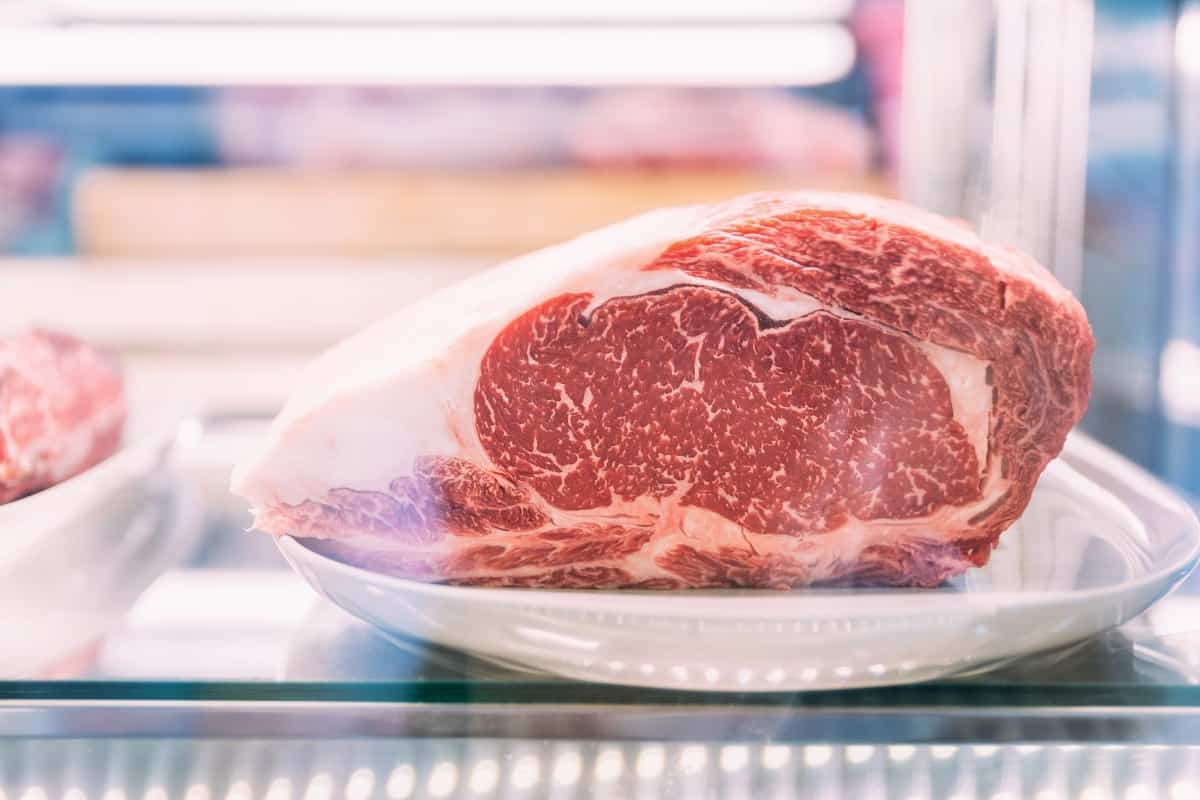
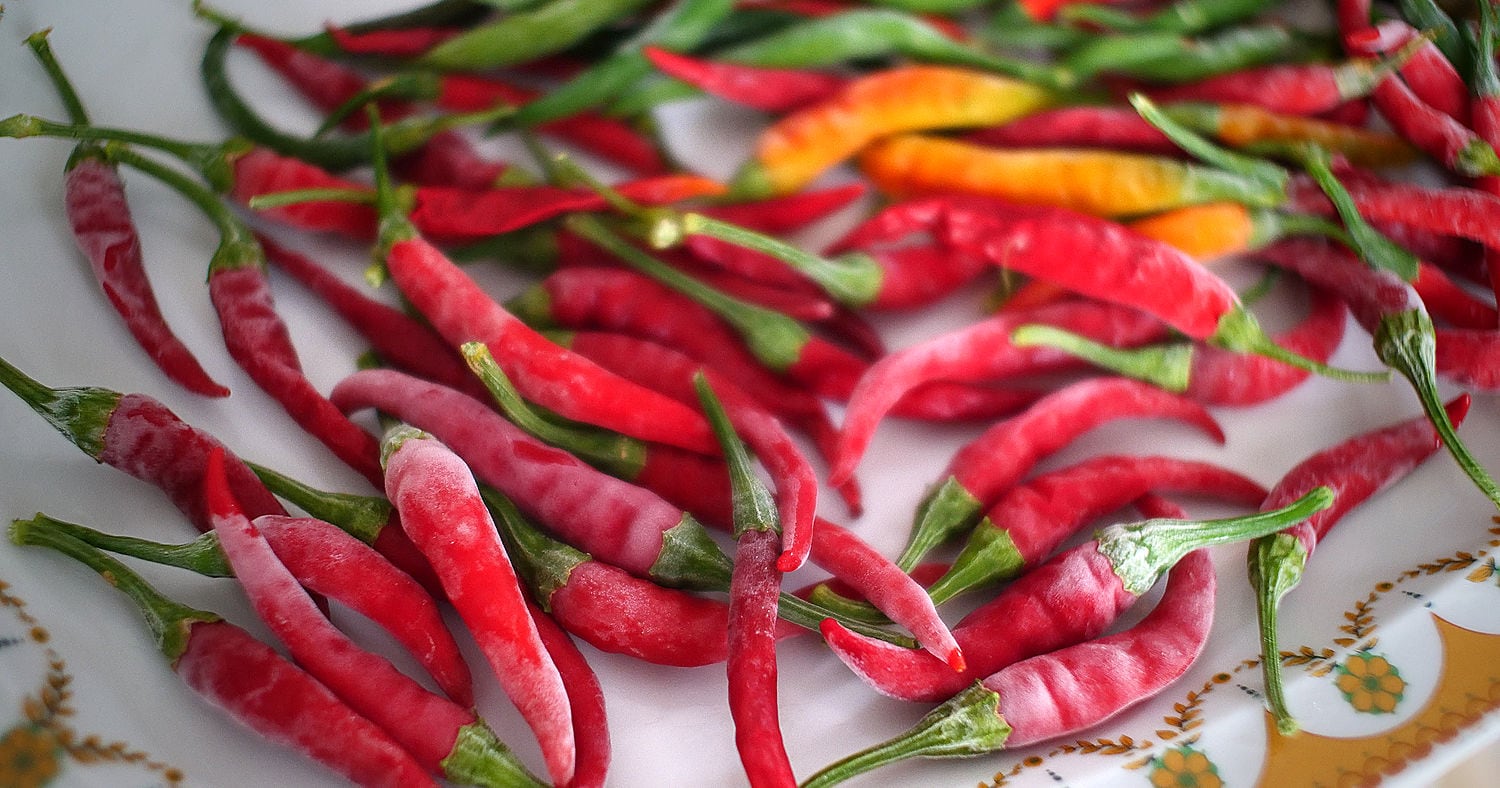
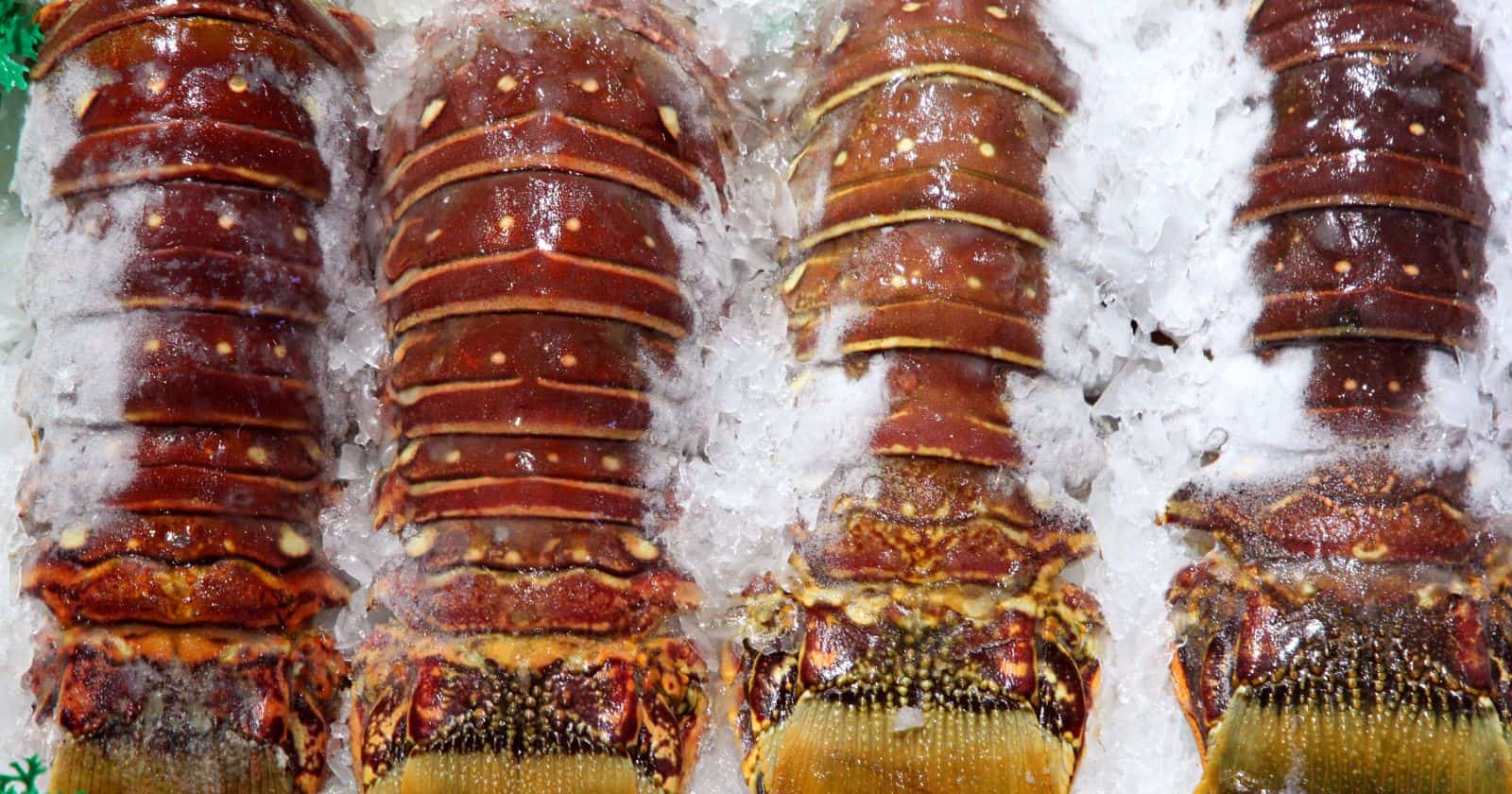
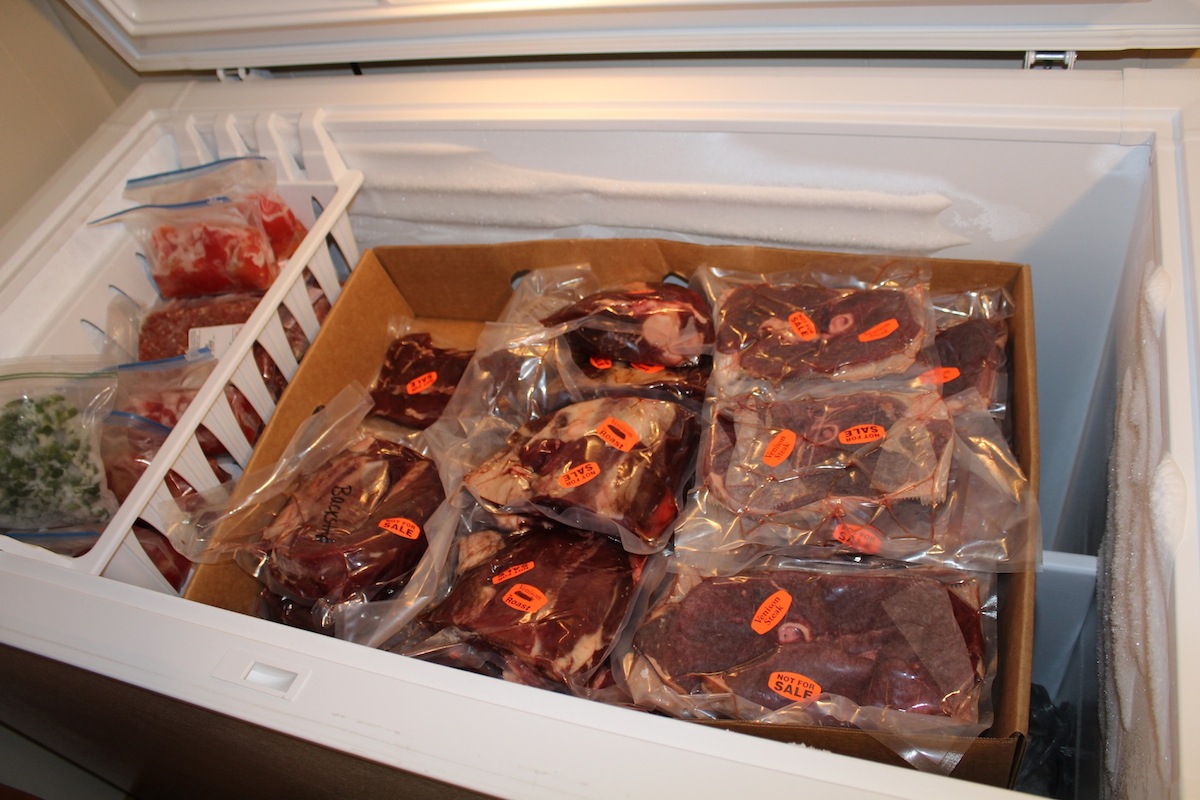
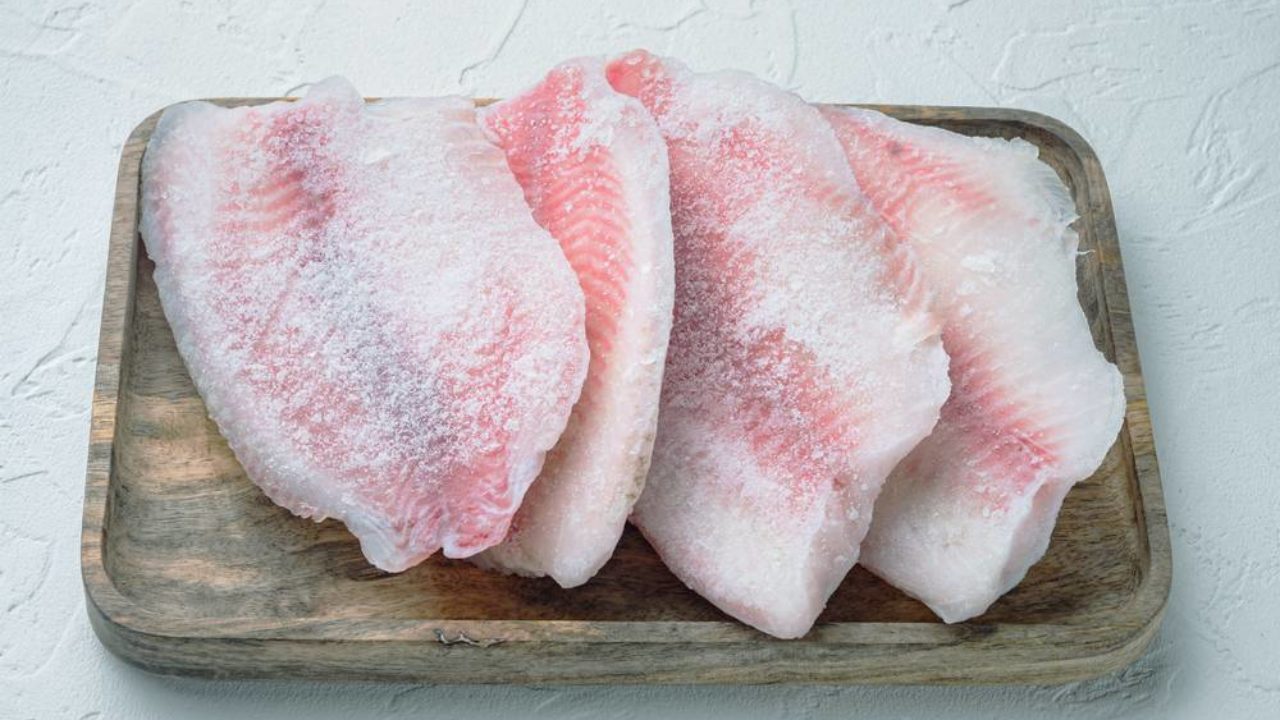
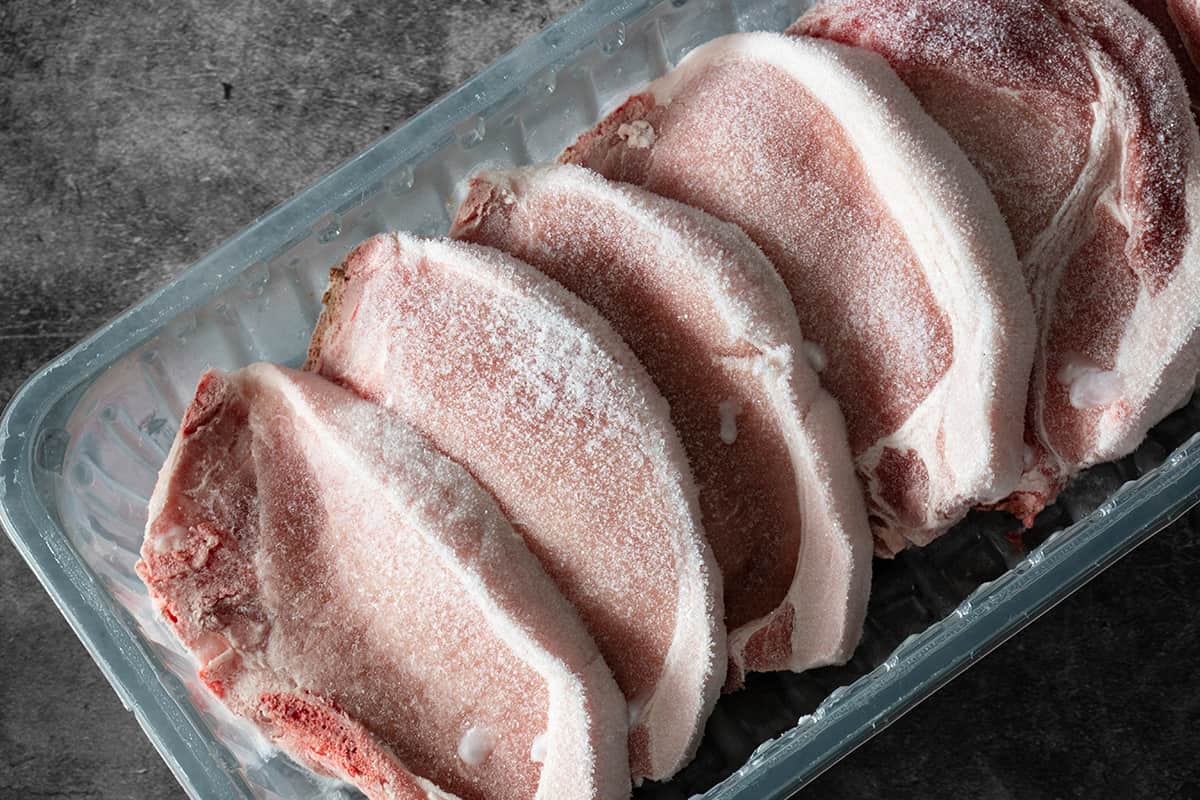
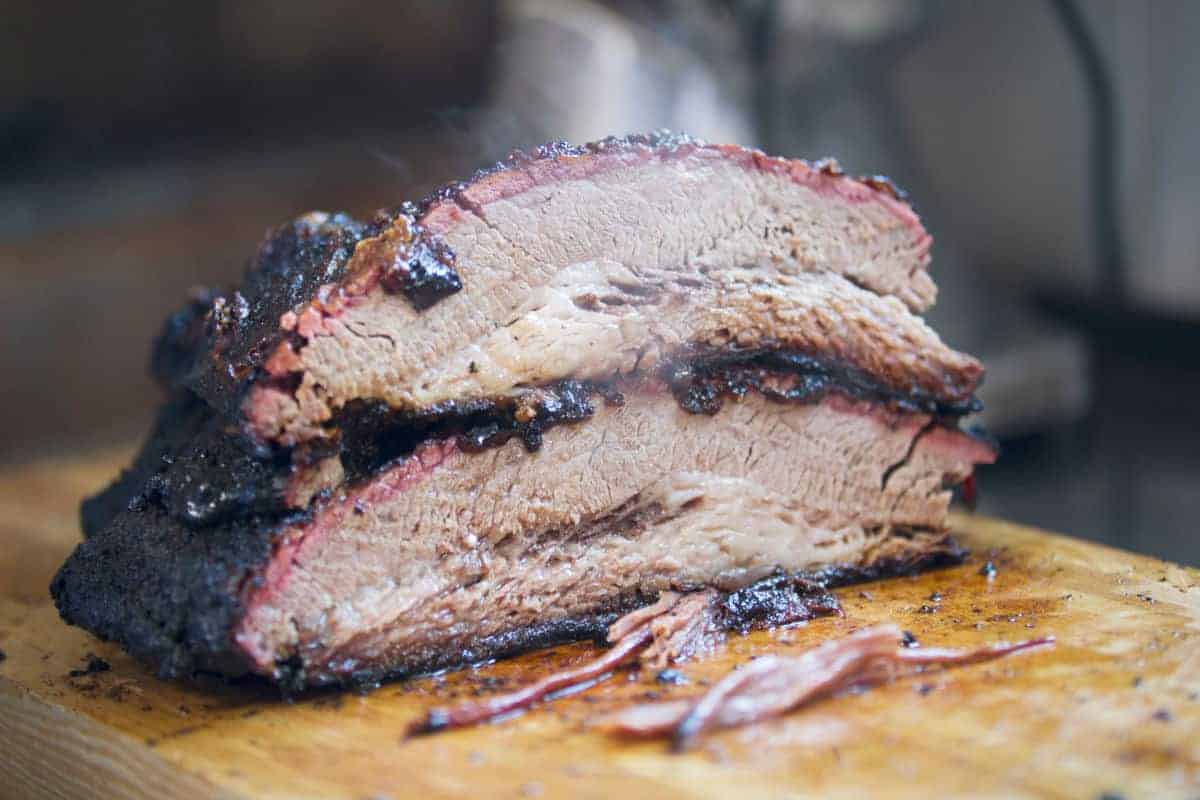
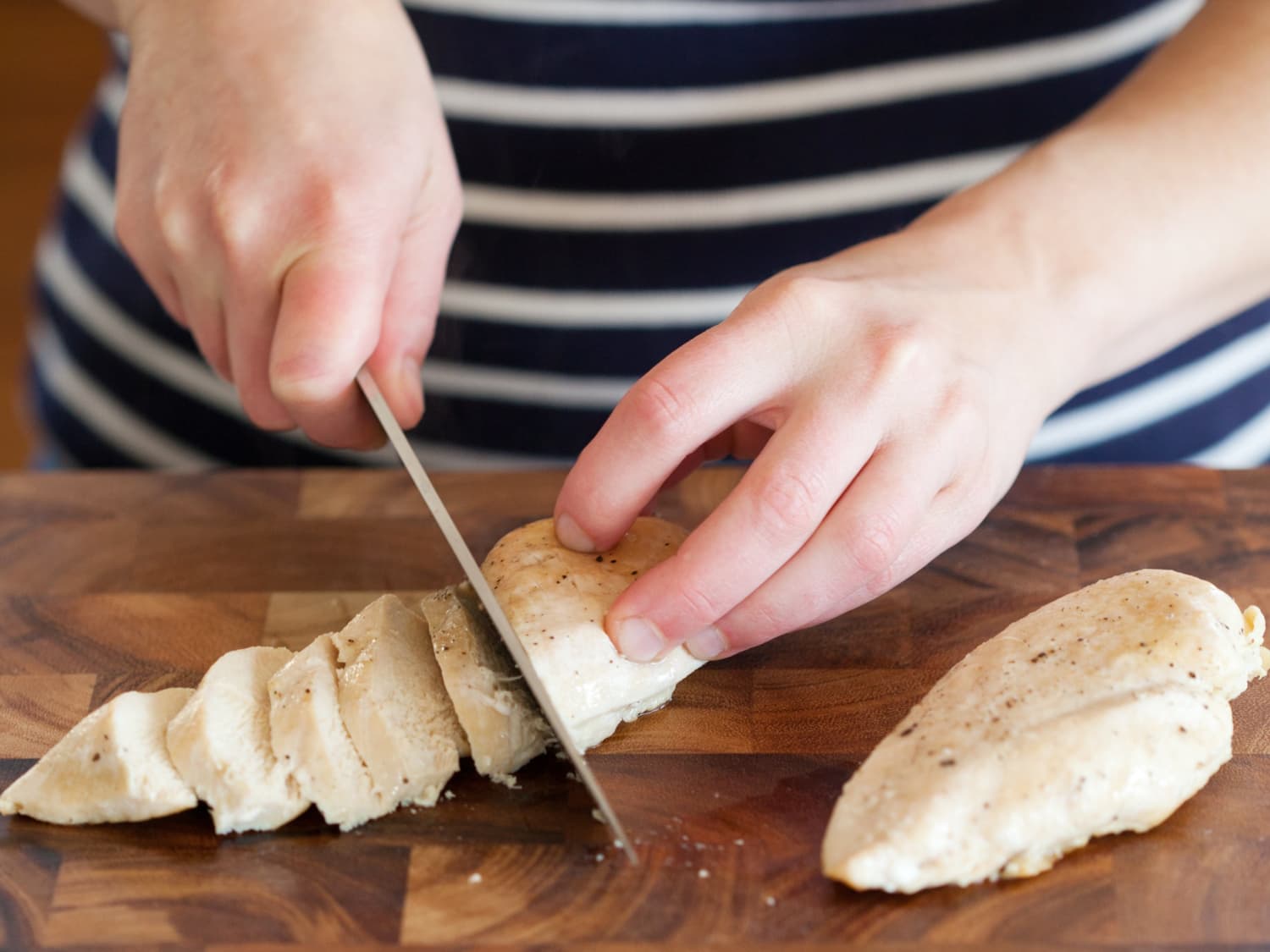
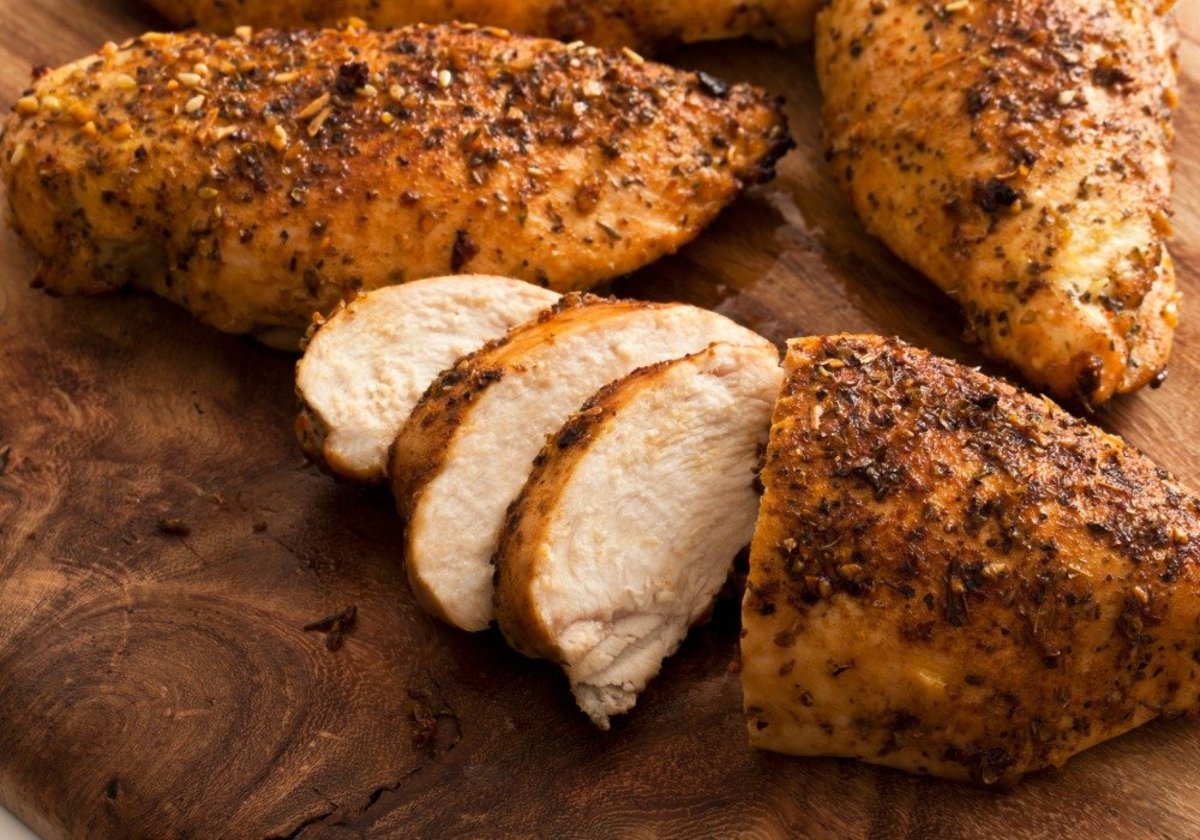
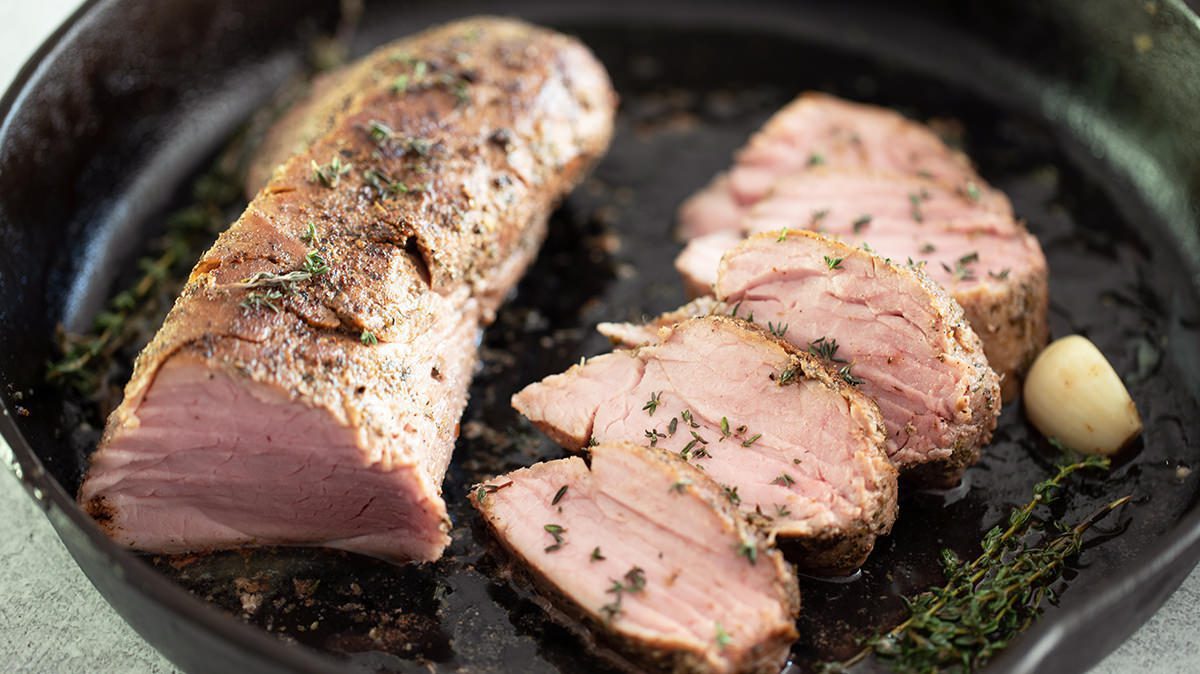

0 thoughts on “How Long Are Ribs Good In The Freezer”